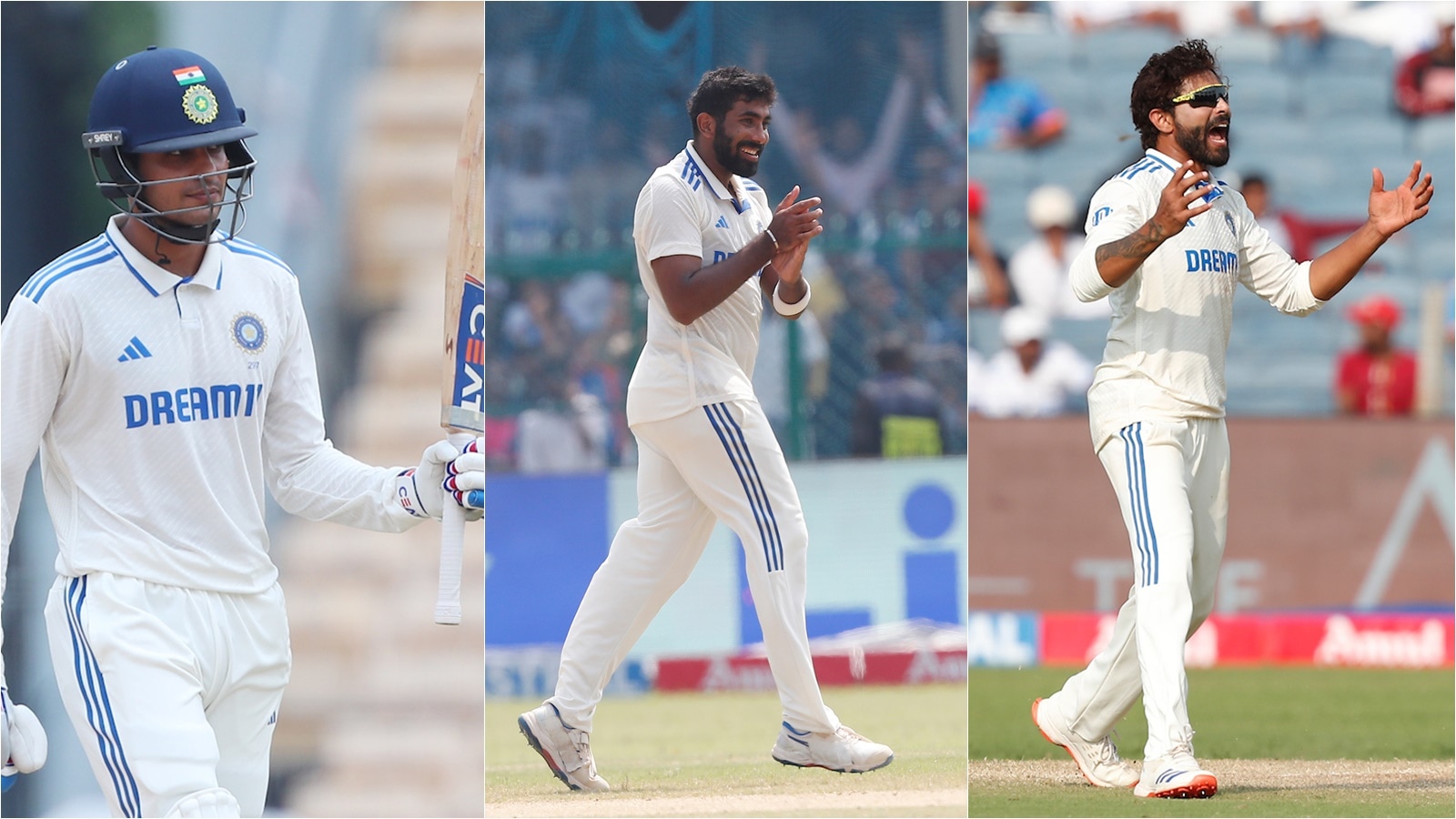 |
|
The winds of change are undeniably sweeping through the Indian cricket landscape, ushering in a new era as the stalwarts of the recent past, namely Ravichandran Ashwin, Rohit Sharma, and Virat Kohli, have either retired or are unavailable, prompting a significant reshuffling of the deck. The announcement of India's squad for the upcoming Test series in England serves as a testament to this transition, with fresh faces and revamped leadership taking center stage. Ajit Agarkar, leading the selection committee, has boldly entrusted the captaincy to Shubman Gill, a young and promising talent, with Rishabh Pant assuming the role of his deputy. The composition of the 18-member squad reflects a strategic approach aimed at addressing potential concerns and mitigating any unforeseen challenges that may arise during the arduous series. The selectors have seemingly anticipated potential questions and preemptively addressed them by assembling a relatively large squad, leaving little room for surprises. The crux of the matter lies in understanding the intricate makeup of the squad across its various facets: batting depth, bowling prowess, and all-round capabilities.
Delving into the batting department, a notable observation emerges: the squad boasts a limited contingent of specialist batsmen, excluding wicketkeepers and all-rounders. This scarcity places immense pressure on the experienced shoulders of KL Rahul and Rishabh Pant, both of whom are poised to play pivotal roles in navigating the challenging English conditions. Their ability to anchor the innings, weather the storm, and capitalize on scoring opportunities will be paramount to India's success. While the spotlight undoubtedly shines on Gill's leadership, his batting performance will be subjected to intense scrutiny. Despite his undeniable talent, Gill has yet to consistently translate his potential into tangible results on the Test stage. This inconsistency was laid bare when he found himself relegated to the sidelines during the batting order reshuffle in Australia, underscoring the need for him to demonstrate greater reliability and resilience. The inclusion of B Sai Sudharsan, Abhimanyu Easwaran, and Karun Nair adds an element of intrigue to the batting lineup. Sudharsan, a 23-year-old prodigy, has been selected primarily based on his perceived potential and eye-catching displays, rather than a substantial track record in first-class cricket. Easwaran, a seasoned campaigner with 101 first-class caps, has been a mainstay in the India A squads and has consistently knocked on the doors of the national team, yet his breakthrough remains elusive. Nair, a 33-year-old veteran, has resurrected his career through stellar performances in the domestic circuit, earning a well-deserved recall to the national setup. The omission of Sarfaraz Khan, a prolific run-scorer in domestic cricket, has sparked considerable debate, given his consistent performances and perceived lack of opportunities. However, the selectors have opted to prioritize the aforementioned trio, citing their unique blend of potential, experience, and recent form.
Turning our attention to the bowling attack, the Border-Gavaskar Trophy served as a stark reminder of India's heavy reliance on the spearhead, Jasprit Bumrah. Tasked with leadership responsibilities in Perth, Bumrah rose to the occasion, delivering match-winning spells and inspiring performances. However, the burden of shouldering the bowling attack eventually took its toll, leading to him being overworked and subsequently missing the Champions Trophy. While he has displayed glimpses of his former self since returning to the IPL, Agarkar has confirmed that Bumrah will not be able to participate in all five Test matches, a crucial factor that influenced the decision not to consider him for leadership roles. The management of Bumrah's workload will be critical, with the decision to play him in three or four Tests contingent on his physical condition and the trajectory of the series. The absence of Mohammed Shami, due to a fitness setback, further exacerbates the challenges facing the Indian bowling attack. The onus will once again fall on Mohammed Siraj, who struggled during his second tour of Australia but has demonstrated his ability to thrive in English conditions. The exclusion of Harshit Rana, despite his promising appearances in Australia, raises questions about his endurance in longer spells. This decision places additional pressure on Prasidh Krishna and Akash Deep, both of whom are set to make their Test debuts in England. Akash Deep's suitability to English conditions may give him an edge in the selection process. The inclusion of Arshdeep Singh, a left-arm seamer, adds a valuable dimension to the bowling attack. Agarkar has expressed his confidence in Arshdeep's ability to exploit the English conditions, citing his impressive body of work in domestic and County cricket. His left-arm angle provides a unique variation that could potentially unsettle the English batsmen.
The composition of the all-rounders' department reflects a strategic emphasis on versatility and adaptability. Despite suggestions that India might opt for specialist players, Gautam Gambhir appears to be committed to fielding a team comprising a healthy mix of all-rounders. Ravindra Jadeja, Shardul Thakur, Nitish Kumar Reddy, and Washington Sundar have all been included in the squad, highlighting the team management's belief in their ability to contribute with both bat and ball. It is highly probable that two of these four all-rounders will feature in the first-choice XI, placing considerable responsibility on the experienced shoulders of Ravindra Jadeja. While his spin bowling will undoubtedly be a valuable asset in holding up one end, India will primarily rely on his batting prowess in the middle order. Thakur's experience of performing in England, notably his match-winning display at the Oval, could give him an advantage over Nitish Kumar Reddy, who has struggled to find his form in the IPL. The balance of the squad suggests that India is preparing for a series that will test their depth, resilience, and adaptability. The blend of youth and experience, coupled with the emphasis on all-round capabilities, reflects a strategic approach aimed at maximizing their chances of success in the challenging English conditions. The upcoming Test series promises to be a captivating contest, with the new-look Indian squad eager to prove their mettle against a formidable English side.
